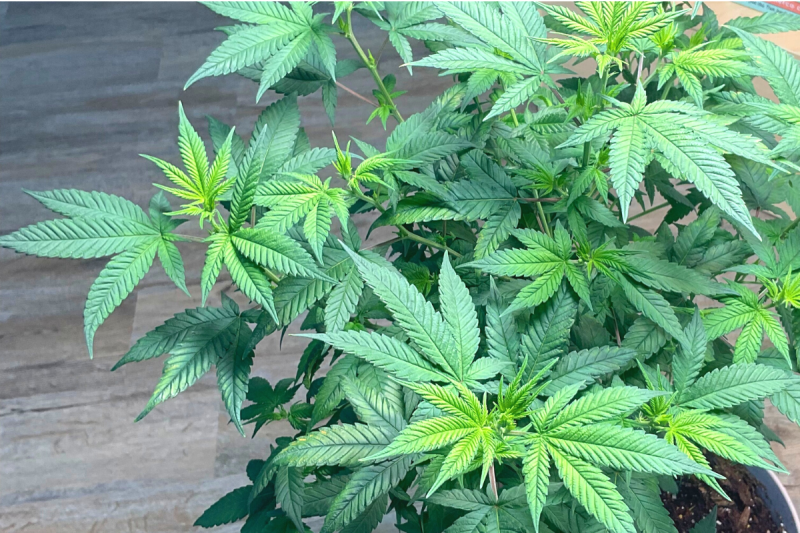
Generally speaking, the best CBD extraction method is supercritical CO2 extraction because it produces extremely potent and safe-to-consume CBD products.

Whether you’re a long-time hemp enthusiast or a first-time cannabidiol (CBD) user, you might be wondering how exactly CBD is extracted. Though it’s naturally occurring in the hemp plant, CBD has to be chemically extracted to be used in products.
The extraction process is what makes or breaks a CBD product. “Naturally occurring” doesn’t mean anything if the final extract is full of harmful chemicals or isn’t potent.
Generally speaking, the best CBD extraction method is supercritical CO2 extraction because it produces extremely potent and safe-to-consume CBD products consistently and economically.
However, you can’t do CO2 extraction at home because of the equipment it requires – and it’s not necessarily the best extraction method for making every type of CBD or cannabinoid product.
So in this article, we’re going to cover the five main CBD extraction methods. We’ll also discuss what happens before and after CBD is extracted.
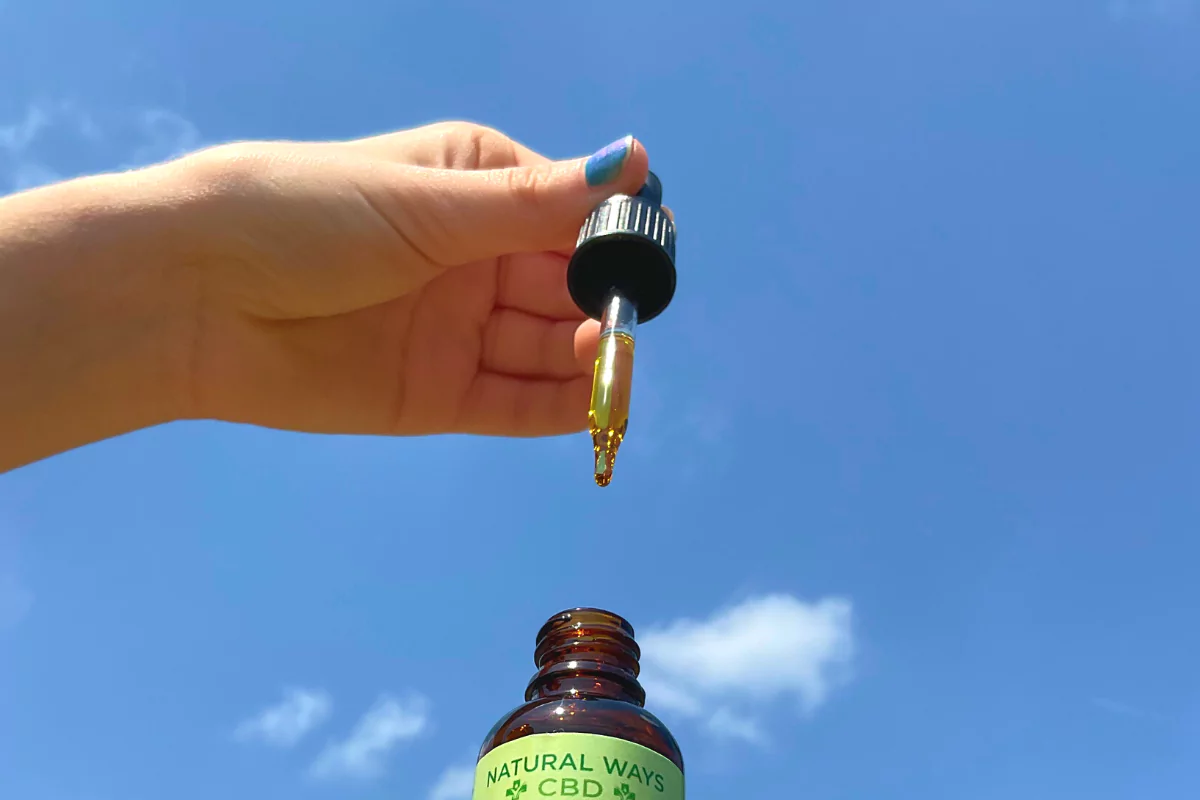
CBD (cannabidiol) is not made; it is a naturally occurring cannabinoid in the cannabis sativa plant. However, it has to be extracted before it can be turned into oils, gummies, and other products.
The CBD used in most products on the market (including ours) is extracted from hemp, a variant of cannabis sativa that contains less than 0.3% THC by dry weight.
Hemp and extracts derived from it are legal on a federal level ; extracts from cannabis over the 0.3% THC limit are illegal.
There are over 100 naturally occurring cannabinoids in hemp. Although CBD is one of the most abundant, it’s still only a small part of the hemp plant — research shows total CBD content is just 6-7% in most legal hemp strains.
Because of this, CBD has to be isolated from the other components of the hemp plant and extracted so it can be concentrated in large enough amounts to make potent, effective products.
Before CBD is extracted and made into products, the hemp plant has to go through a journey of its own:
At a glance, that’s how hemp goes from a tiny seed to a plant that can then have CBD extracted from it using various methods.
There are five main CBD extraction methods:
The first two methods, CO2 and ethanol extraction, are the most commonly used in the CBD industry because they’re the safest and most effective.
Oil extraction is a do-it-yourself extraction method used by people who want to make CBD oil at home.
Steam distillation is another method sometimes used in the CBD industry, although it’s far less common than CO2 or ethanol methods.
Dry ice extraction is used primarily to make THC-rich smokable products, although it can be used to extract elements from CBD-rich hemp plants, too.
CO2 extraction uses carbon dioxide (CO2) to separate the oil containing CBD and other cannabinoids from the rest of the hemp plant.
It’s one of the most commonly used methods in the CBD industry, and it’s also used for making beer.
There are two types of CO2 extraction — supercritical and subcritical.
At normal temperatures, CO2 is a gas. However, when heated above its critical temperature of 31.10 Celsius and pressurized past its critical pressure of 1,071 psi, CO2 assumes the properties of both a liquid and a gas.
Carbon dioxide in this state is known as supercritical CO2.
Subcritical CO2, on the other hand, is heated until it assumes liquid properties, but not to the point that it begins to assume gaseous properties.
Both types of CO2 can be used to extract CBD.
The CO2 extraction method involves transferring carbon dioxide between chambers to achieve the proper reaction with the hemp plant.
It’s the same process for both types of CO2, but we’ll use supercritical for this example:
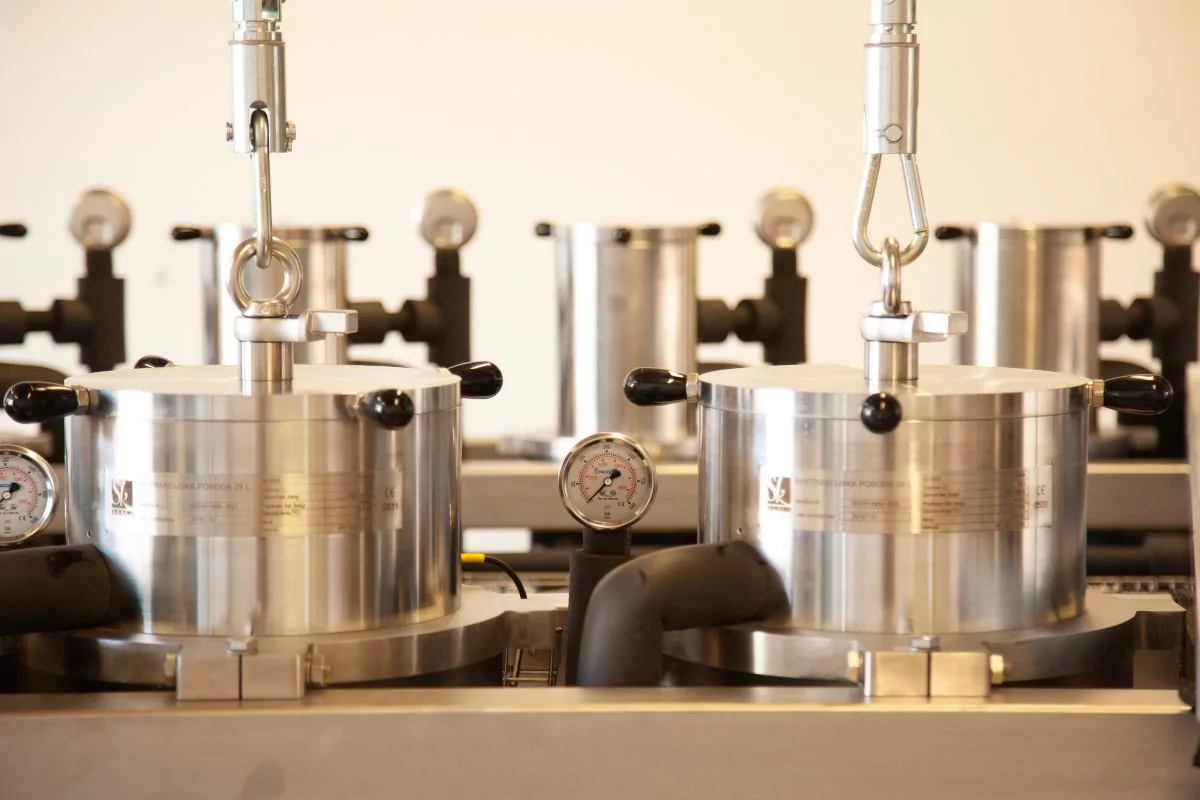
In ethanol extraction, the hemp plant is submerged in ethanol to extract the CBD from it. Ethanol is the scientific name for alcohol – the same alcohol in beer or wine.
Like CO2 extraction, ethanol extraction is commonly used in the CBD industry and is reputed for the quality of extracts it produces.
The ethanol extraction process happens in three primary steps: extraction, evaporation, and distillation:
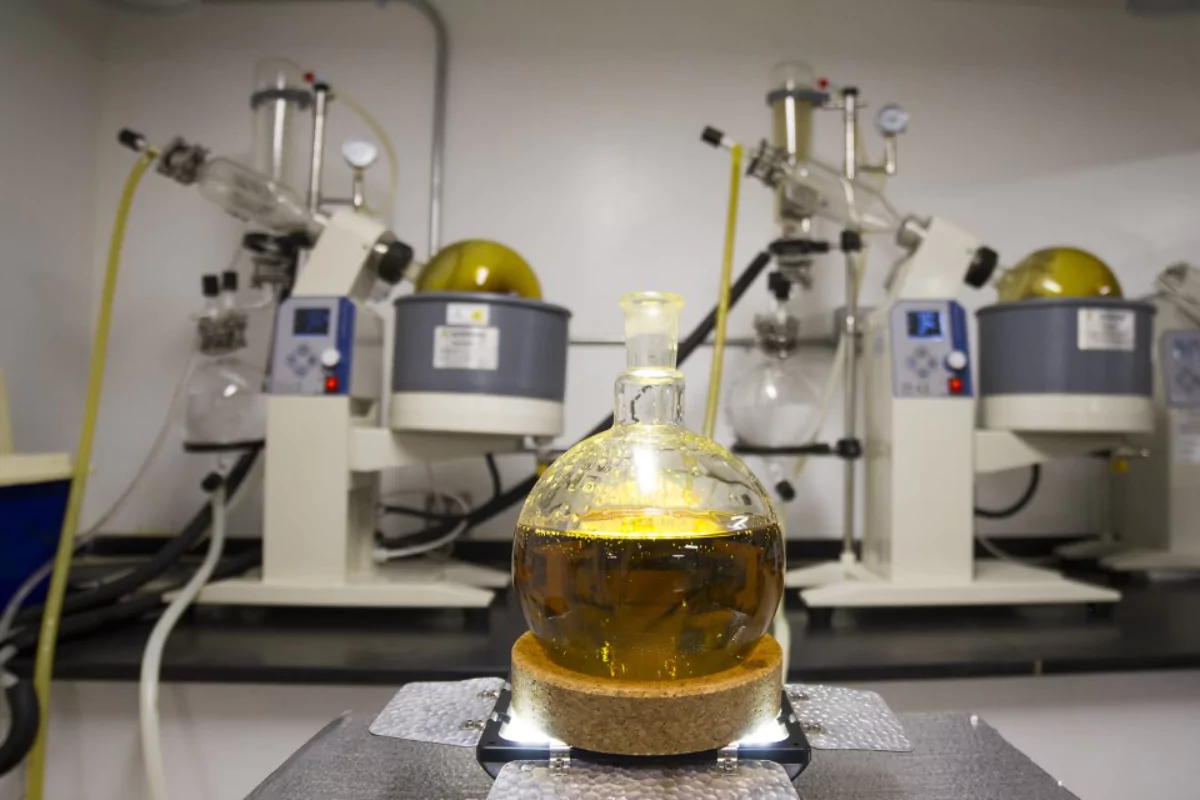
Oil extraction is a method favored by DIY enthusiasts who want to make CBD oil in the comfort of their own homes.
While oil extraction is perfect for at-home use, it isn’t used at a large scale in the CBD industry because it can’t reliably produce high-quality extracts.
Here’s how oil extraction works:
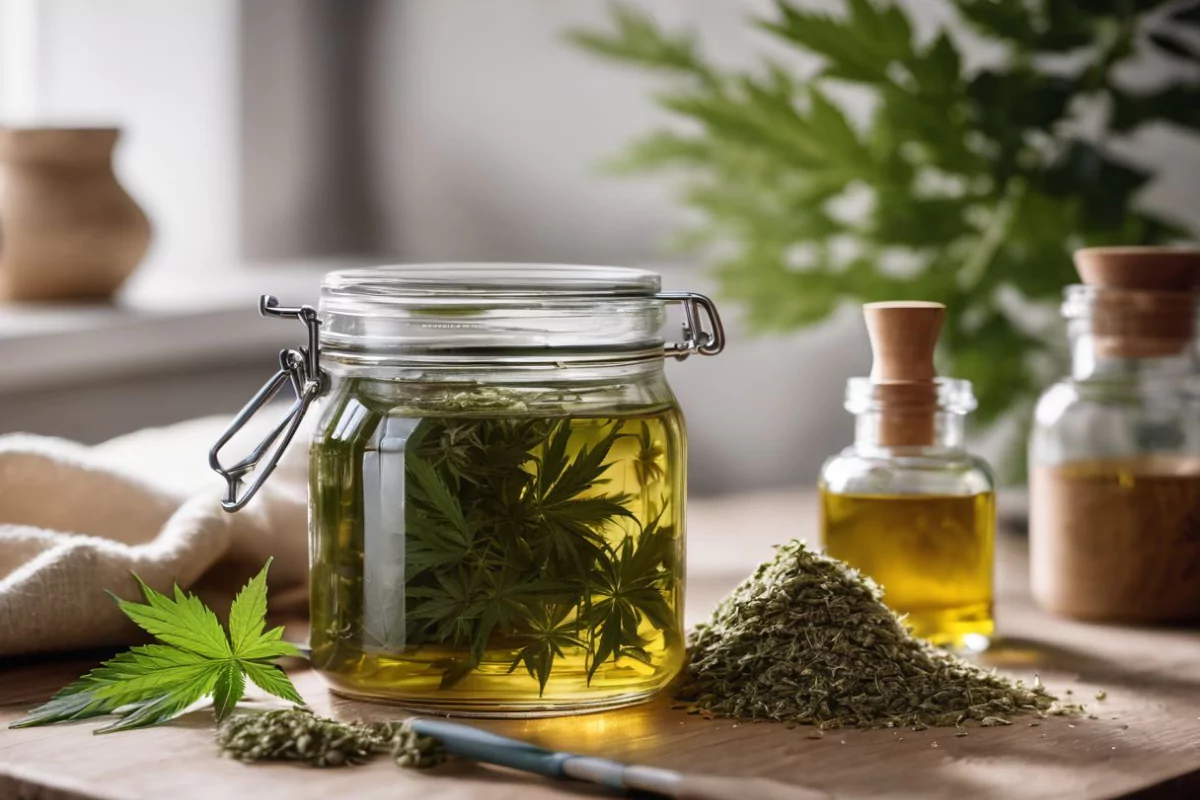
Steam distillation uses hot water to evaporate CBD oil from the hemp plant, then cool water to condense it into oil.
Steam distillation produces pure and safe CBD products, but it isn’t commonly used because it requires much more hemp than other methods to produce the same amount of extract.
Steam distillation relies on the evaporation, then condensation of CBD oil:
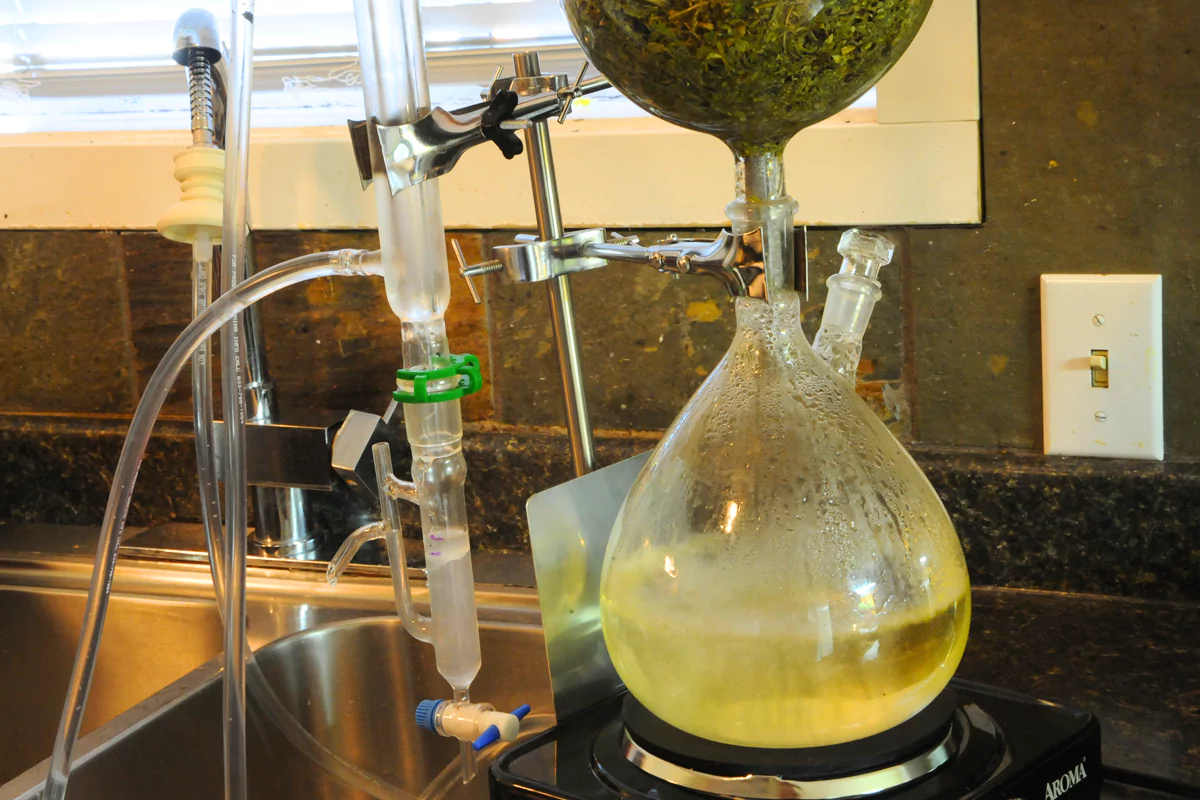
Dry ice extraction uses dry ice (frozen carbon dioxide) to freeze the cannabinoid-rich resin glands (trichomes) in hemp, which separates them from the rest of the plant. Then, the trichomes can be shaken loose from the rest of the plant.
Dry ice extraction yields a solid, rather than a liquid product. As such, it’s generally used to make smokable products, rather than oils.
Dry ice extraction involves drawing trichomes out of the hemp, then filtering them into a separate container:
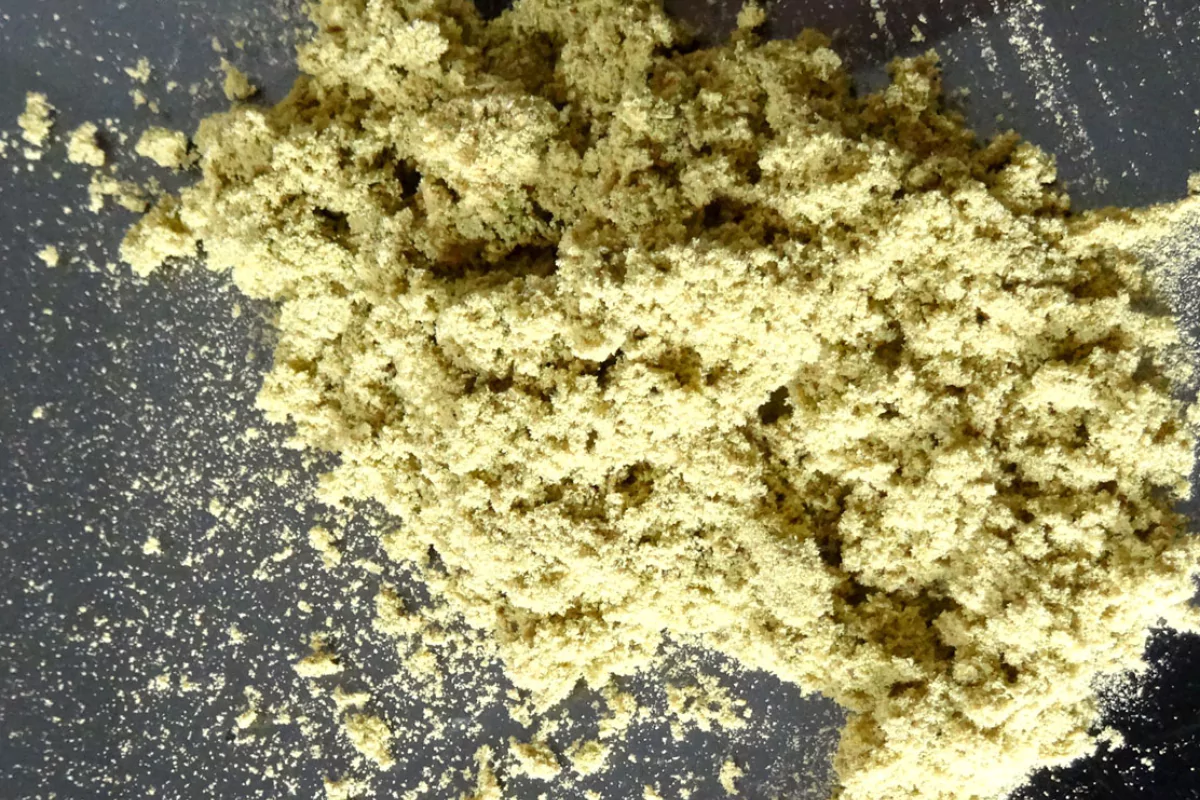
There is no “best” CBD extraction method because each method is effective for a specific purpose.
When it comes to crafting safe, high-potency products, however, supercritical CO2 extraction is the best. No other extraction method provides the same level of safety, potency, and efficiency.
Ethanol extraction comes close, but it’s more expensive.
CO2 extraction is also the safest method, as there is less potential for things to go wrong with CO2 extraction than with other methods.
The only concern with supercritical CO2 extraction is that it can be harsh on hemp’s delicate constituents, but this can be avoided if the extraction is performed carefully.
For at-home use, the best CBD extraction method is oil extraction — oil extraction is really the only safe way to extract CBD at home, and it produces a safe, good-tasting product. We do not recommend you attempt any other method without the training, facilities, and permits required.
After CBD is extracted using one of the methods above, it has to go through a few more steps to end up in CBD products:
The CBD extract that you’ll find in products comes in a few different forms :
To produce these various types of extract, specific modifications are made to the CBD extraction methods covered above.
In some cases, this is done by changing pressure and temperature, and in other cases, multiple extractions are performed on the same biomass.
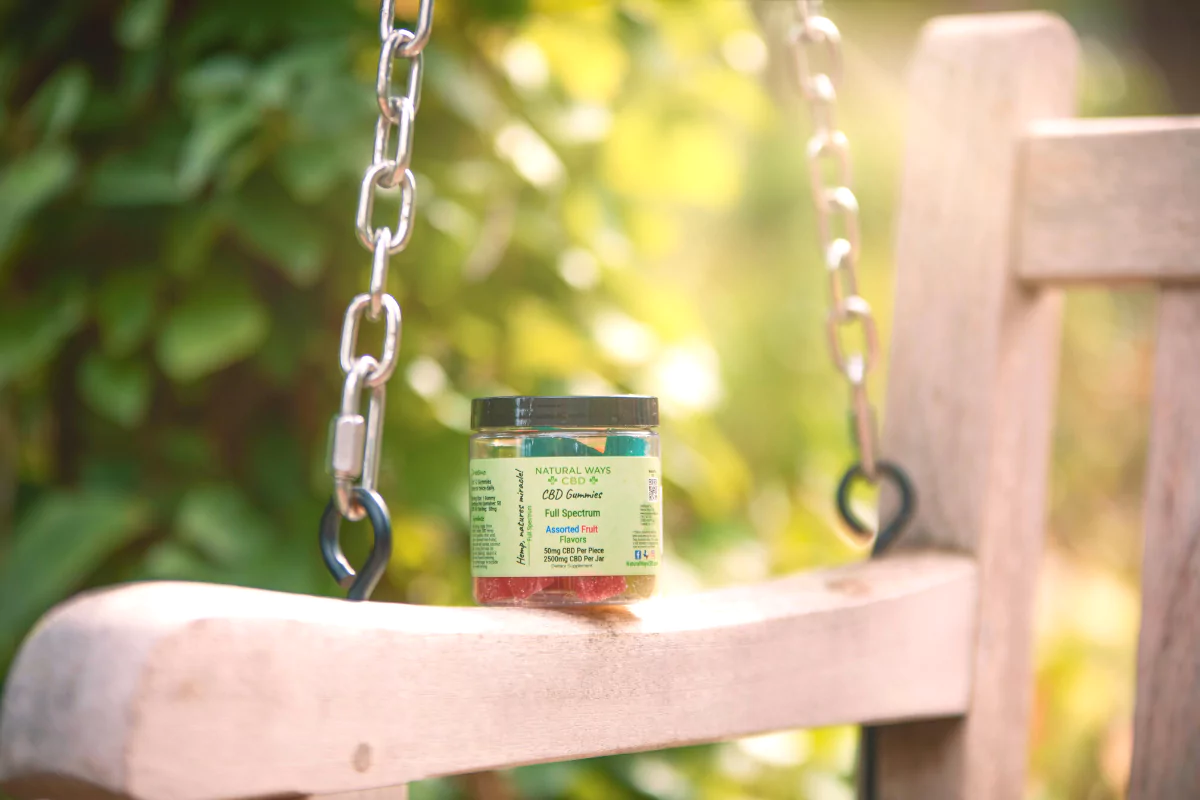
It might seem that CBD extraction is something that only manufacturers and CBD companies need to care about.
But since the extraction method used affects the final product, it’s worth learning about how CBD is extracted if you’re going to be consuming these products.
Generally, CO2 extraction is the safest, most effective extraction method. Most CBD products (including ours) are made using this method.
However, other extraction methods are better in certain situations. Dry ice extraction is favored when extracting resin, while oil extraction is the best method to use if you want to try making CBD oil at home.
Here are some questions we commonly get about CBD extraction methods.
Cannabidiol (CBD) is a naturally occurring cannabinoid in the cannabis sativa plant. CBD can be extracted using several different methods, including CO2 extraction and ethanol extraction.
Different CBD extraction methods are best in specific situations and for making different kinds of products. However, the method that most consistently and economically produces safe, potent products is the supercritical CO2 extraction method.
There are five main methods of cannabinoid extraction: CO2 extraction, ethanol extraction, oil extraction, steam distillation, and dry ice extraction.
Several solvents may be used in solvent-based CBD extraction, however, the most common is ethanol (alcohol).
CBD is not extracted from the hemp seeds, but rather from the leaves, stalks, and flowers of the hemp plant. However, hemp seed oil, a common carrier oil in CBD products, is extracted from hemp seeds.
Wells is a writer who's worked in the hemp space for over 2 years. He enjoys educating people about how cannabinoids in hemp can improve their quality of life by addressing everyday conditions. When he's not writing and designing, he's reading books, listening to music, and working out.
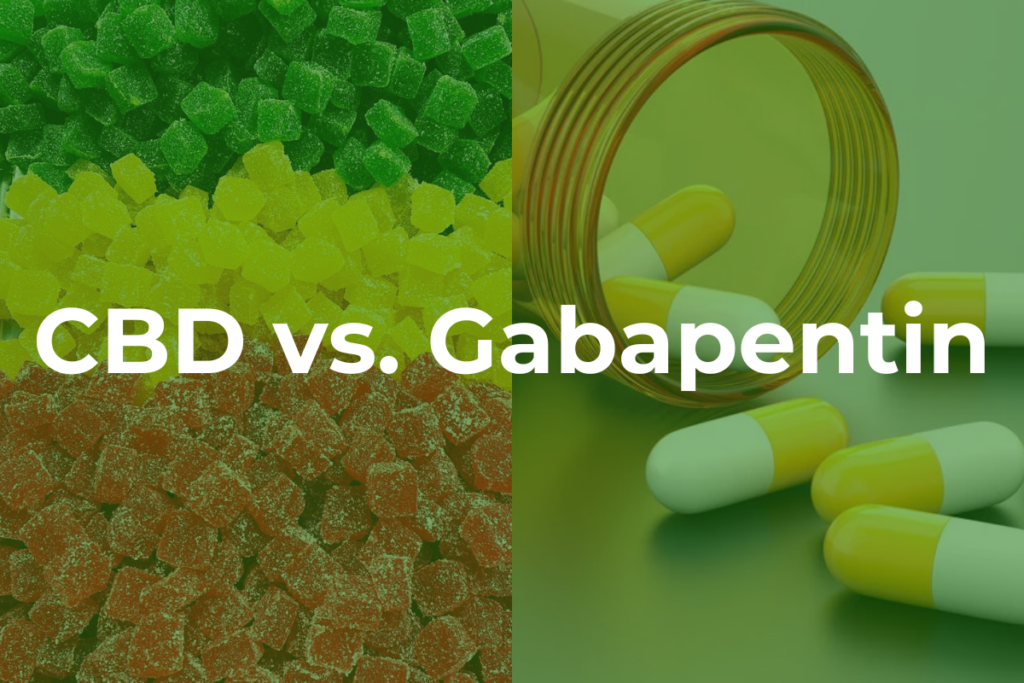
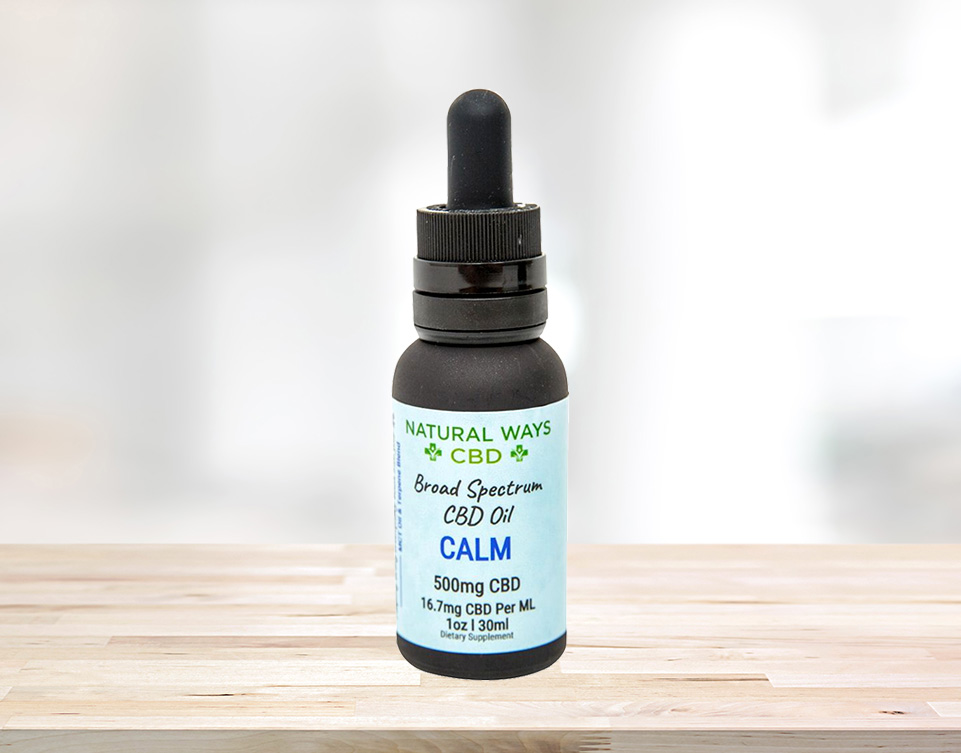

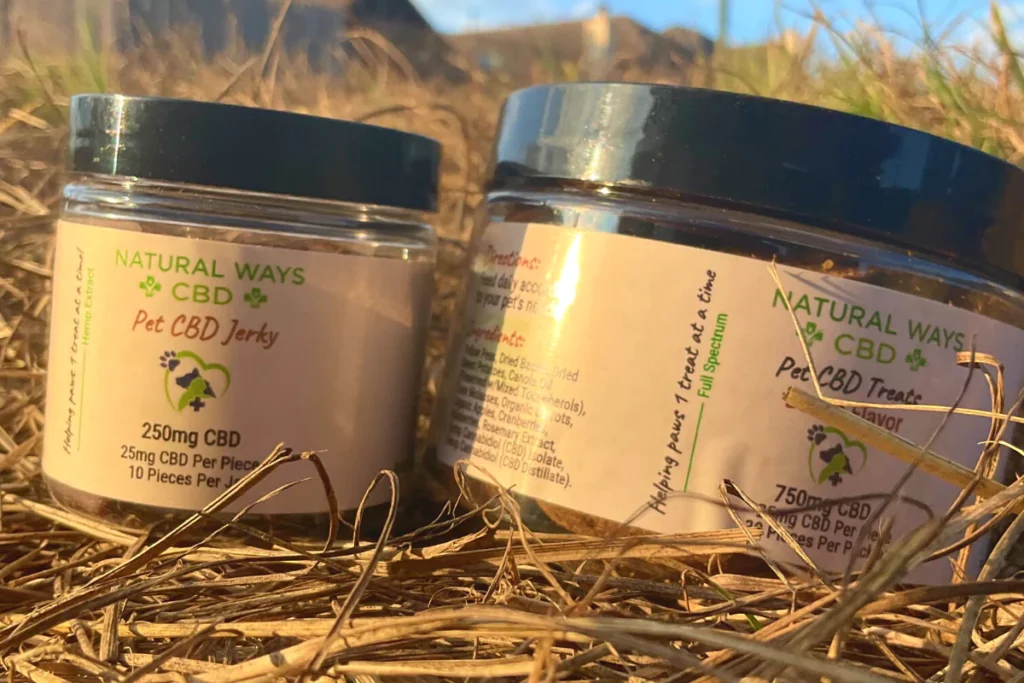

FDA Disclaimer
*These statements have not been evaluated by the Food and Drug Administration. This product is not intended to diagnose, treat, cure or prevent any disease.